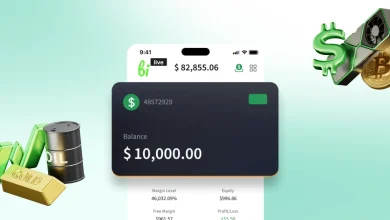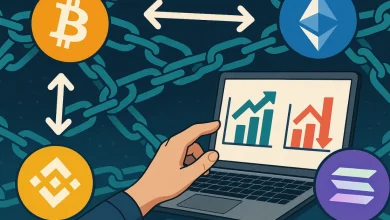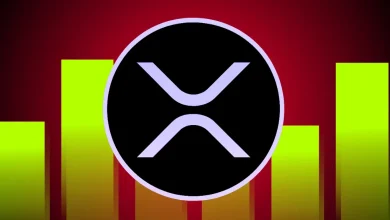
We live in a world where imaginary lines, known as borders, separate humans on several levels. Apart from the physical separation, each country can be considered different in the financial aspect, making money transactions more difficult or, in some cases, impossible.
In this article, we’ll deal with the issue of cross-border payments and explore the possible solution for it that could help us upgrade the global economy.
What Are Cross-Border Payments?
Cross-border payments refer to money transactions from one country to another. Governments need to monitor the money entering and leaving their countries, so some of them make it difficult to send and receive foreign funds.
If two or more nations are in an economic union (the European Union, for example), cross-border payments become easier.
The problem is that some countries are the complete opposite of an economic union. Some have sanctions imposed, with Russia being one (un)popular example.
But what about the countries with little to no economic relations? This group includes most countries in the world, and that’s why the current cross-border payment solution isn’t considered efficient.
The Old Way
If you’re following the news about Russian sanctions, you’ve probably heard that the country has been excluded from the SWIFT grid.
SWIFT is the official network for international money transfers, which allows banks from different countries to communicate with each other and send/receive money.
The network was created in 1973 and has been upgraded many times. The network currently features 8,000 financial institutions from 208 countries and is the most popular option for cross-border payments.
SWIFT is far from ideal as it’s slow and expensive. We live in a world where instant money transfers are necessary for many people, and SWIFT sometimes takes days, depending on the sender’s and recipient’s respective countries.
The Crypto Way
As soon as cryptocurrencies emerged, financial experts recognized their importance for cross-border payments. As you know, we can send Bitcoin to anyone in the world.
They’ll receive it in minutes in a direct peer-to-peer transaction without using SWIFT or any other intermediary to facilitate the transfer.
Although they are better than SWIFT, cryptocurrencies come with their own set of problems. Therefore, cryptos still aren’t considered the best solution.
First, there’s the lack of cross-chain interoperability, which can be compared to the cross-border problem.
Different cryptocurrencies based on different blockchains cannot communicate with each other. You cannot have Bitcoin stored on the Ethereum chain and vice versa.
Many projects are working to improve this, one of which is t3rn. It offers a creative solution to the execution of interoperable smart contracts.
Moreover, it features a smart contract registry which can help developers who contribute to it get paid whenever someone uses their contract.
The second issue with crypto is that it is still unregulated. At some point, countries will have to use the benefits that cryptocurrencies offer and regulate the parts that could lead to scams, money laundering, and terrorist financing.
Like it or not, cryptos paved the way for all of that, so they do require being regulated up to an extent. But the regulation has only just started, and we’re yet to see what will happen.
Finally, cryptos are highly volatile, so using them as a default means of cross-border transfers might not always work for everyone involved.
XRP Saves the Day
One of the cryptos that stands out is XRP, which is the official crypto of Ripple. Now, Ripple is simply described as a global payments network for financial institutions.
Just like SWIFT, it aims to partner with banks and other financial institutions around the globe and create a network where cross-border money transfers will be possible, except that these institutions will be able to enjoy the benefits that cryptocurrencies offer. Effectively, Ripple solves the two main issues with SWIFT, as it’s fast and very affordable.
Ripple is still not there, and it’s not certain whether it will ever be. However, the team behind it works hard on expanding the decentralized RippleNet network by adding new institutions and testing various possibilities to make the idea behind Ripple come to life.
Final Thoughts
To sum up, cross-border payments aren’t as quick as they could be. Information can travel to every part of the world in seconds, and money transfers sometimes take days with SWIFT.
That slows down the progress of various businesses and individuals, as instant money transfer is often crucial. Luckily, there are several other alternatives, and crypto is one.
Some crypto projects, such as Ripple, even have concrete plans for replacing the current cross-border payment methods.
Disclaimer and Risk Warning
The guest posts featured on Coinpedia are contributed by external authors and reflect their personal opinions and viewpoints. Coinpedia does not endorse, verify, or take responsibility for the accuracy, legality, or reliability of the content, advice, or opinions expressed in these guest posts. Including guest posts does not imply Coinpedia's approval of the content or the author’s views. Readers are encouraged to independently evaluate the information and seek professional advice if necessary before acting on any information provided in the guest posts.








